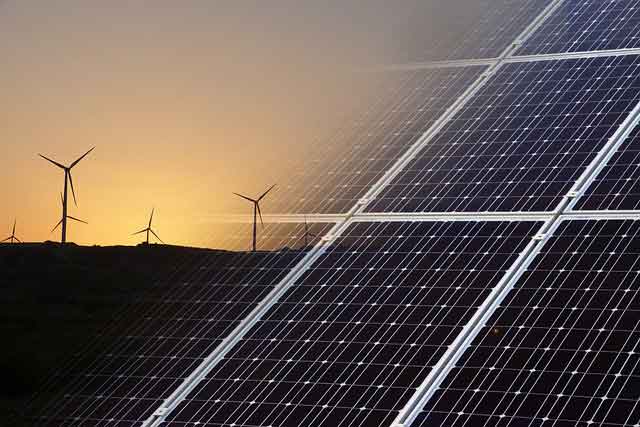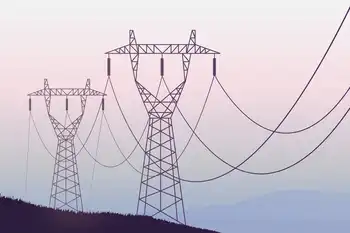Carbon taxes will hurt poor the most, says civil rights activist
By Electricity Forum
NFPA 70b Training - Electrical Maintenance
Our customized live online or in‑person group training can be delivered to your staff at your location.

- Live Online
- 12 hours Instructor-led
- Group Training Available
Niger Innis, National Spokesman for the Congress of Racial Equality, (CORE) made the charge in a speech at an event sponsored by the Winnipeg-based Frontier Center for Public Policy.
Innis said that higher energy prices discriminate against the poor. He cited these U.S. statistics:
• The average median-income family in the U.S. today has to spend about a nickel of every dollar of their income on energy.
• The average low-income family has to spend 20 cents on the dollar to buy their energy.
• The average poor family has to devote 50 cents or more of each dollar on energy.
“As energy prices go up, the poor suffer the most. And not just because energy costs more. Because higher energy prices mean higher prices for everything, especially food and housing, medicine and so on and so on,” he said.
“Of course, I believe that those motivations are inherently immoral. Because the consequences, however unintentional, hurt the poorest of our society the most,” he said.
Innis also serves as the national co-chairman of the Alliance to Stop the War on the Poor, a coalition of civil rights, religious, consumer, agriculture and veterans leaders that are fighting against government policies that raise the cost of energy.
“Virtually every study done by virtually every economist has found the same thing: raising the cost of energy by putting a tax on carbon will raise the cost of energy, of food, of almost all goods and services by a huge amount,” he said. “In the U.S., energy bills for the average citizen may easily double. Some studies show costs going up two, three, four times what they are now.”
“And so I ask: will citizens agree to pay all of those higher costs, especially when the United Nation’s science says that it will result in temperature changes over the next century that we can barely measure?”
Innis said that a new study to be released this week by the NextGen Energy Council will show that, based on all of the science behind the United Nation’s predictions on climate change, if we shut down every power plant in North America right now, and keep them off for the next 100 years, we would only affect the temperature in the year 2100 by less than one-tenth of one percent of a degree Celsius. “This calculation does not come from climate change skeptics. It is based on the same science that the environmentalists’ say cannot be questioned.
“Now, you tell me,” he asked, “is that barely measurable temperature change over 100 years something that the citizens of North America will conclude is worth all of the additional costs we will saddle ourselves with?”











